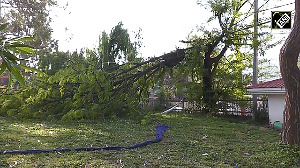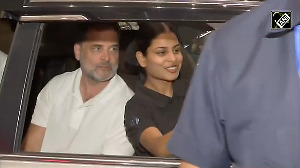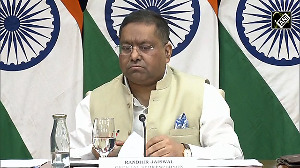In an earlier note -- One-sided games slur World Cup -- we had argued how the pressure index might be used to identify one-sided matches.
We had suggested that the pressure index curve of an ODI match could be stretched. We then argued that the longer the stretched curve, the closer the match.
Some readers wondered how a "subjective" measure like the pressure index could give acceptable results. To be honest, we weren't sure ourselves; but when our results compared favourably with the popular perception we decided to push the idea further.
With the World Cup now drawing to a close, we thought we would end off this discussion by looking at all the fifty ODI matches played so far in this tournament.
As before, we argue that if the length of the curve is less than 300, the match is "completely one-sided"; if the length is between 300 and 500 it is "one-sided"; if it is between 500 and 600 the match is "somewhat close"; and if the length exceeds 600, the match is "really close".
As the animated graphic below shows, only 8% of the matches (4/50) were really close. 80% of the matches were one-sided; of these, 36% of these were "completely one-sided".
In the graphic below, the most recent match shows up on top, and we then go down backwards. Every bar shows the colours of the rival team jerseys. To see the team's score, hover mouse on top of the bar. Readers may have to modify their browser security settings if they cannot see the graphic.

This graphic was created by a team at Cranes Software based on the details retrieved from the Rediff scorer







 © 2025
© 2025